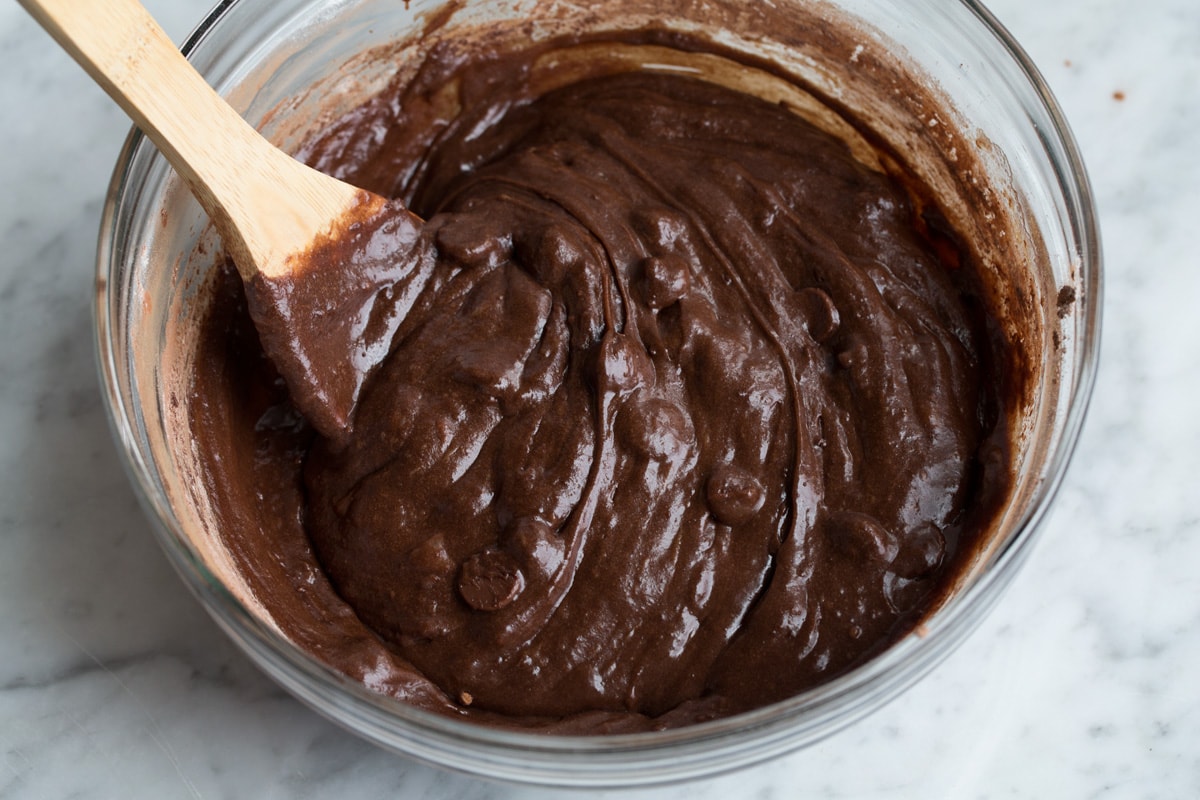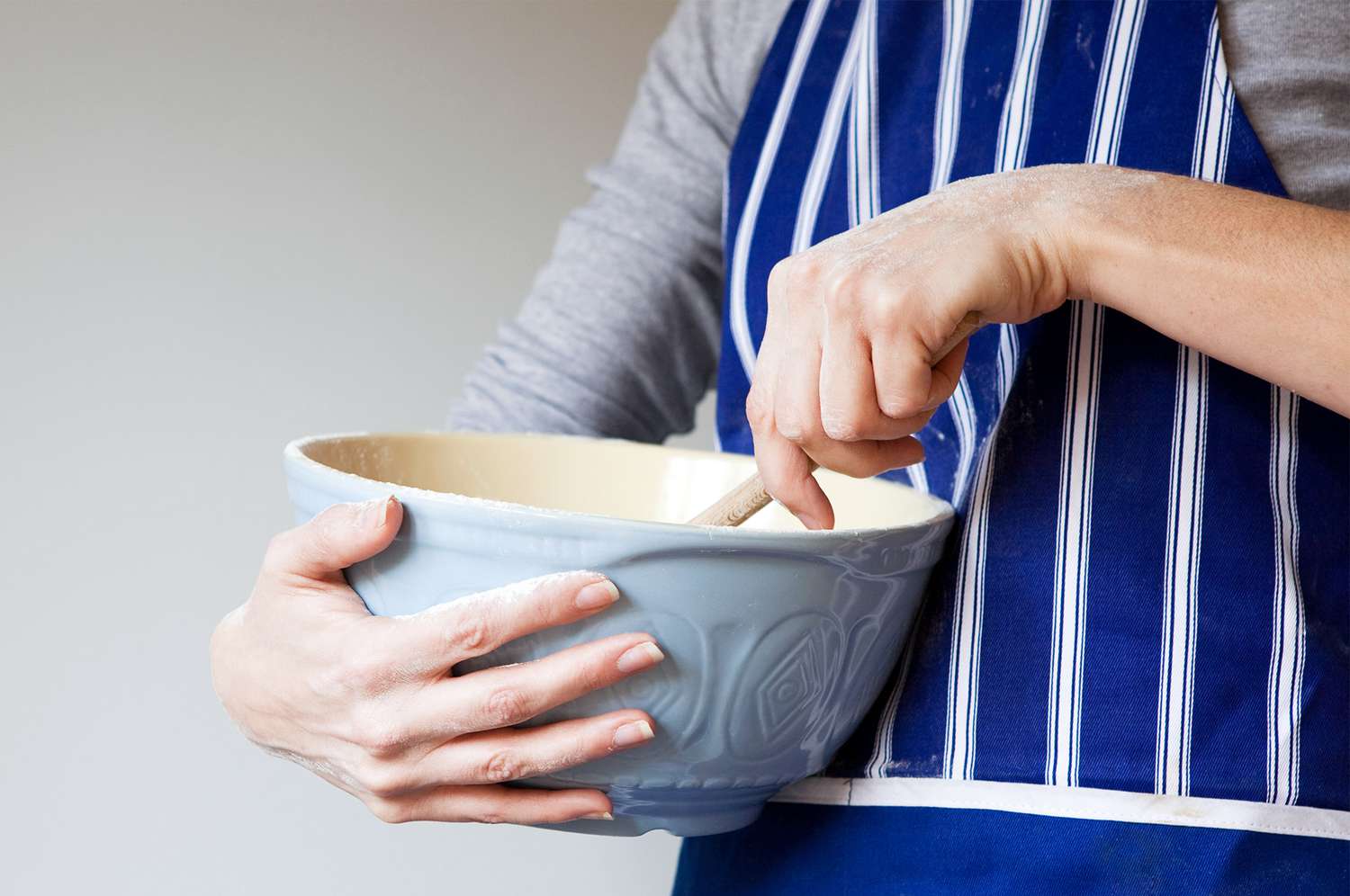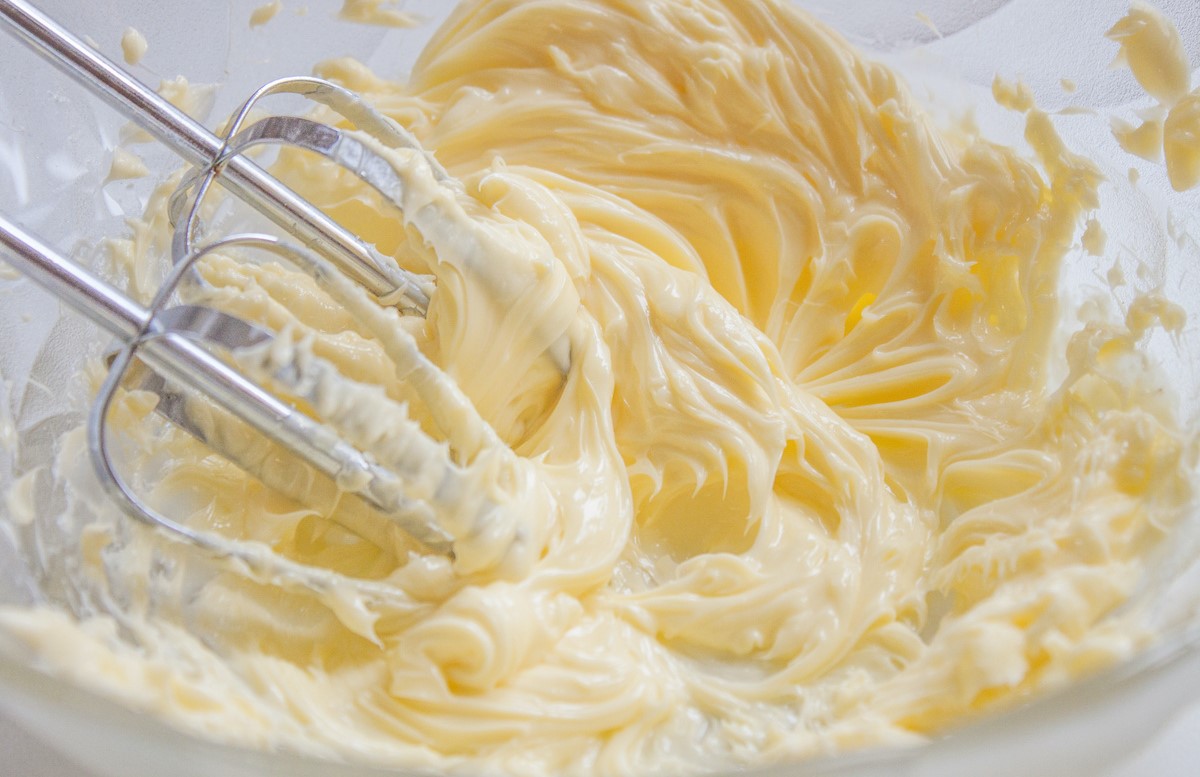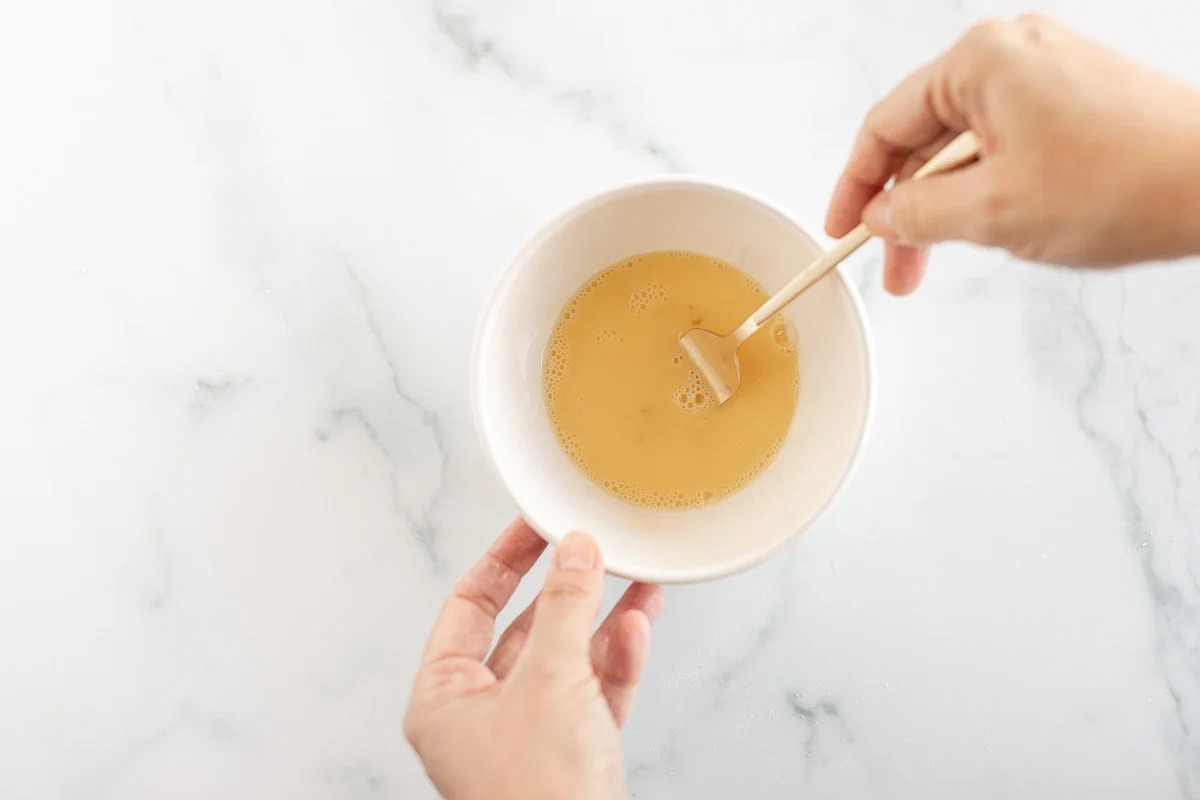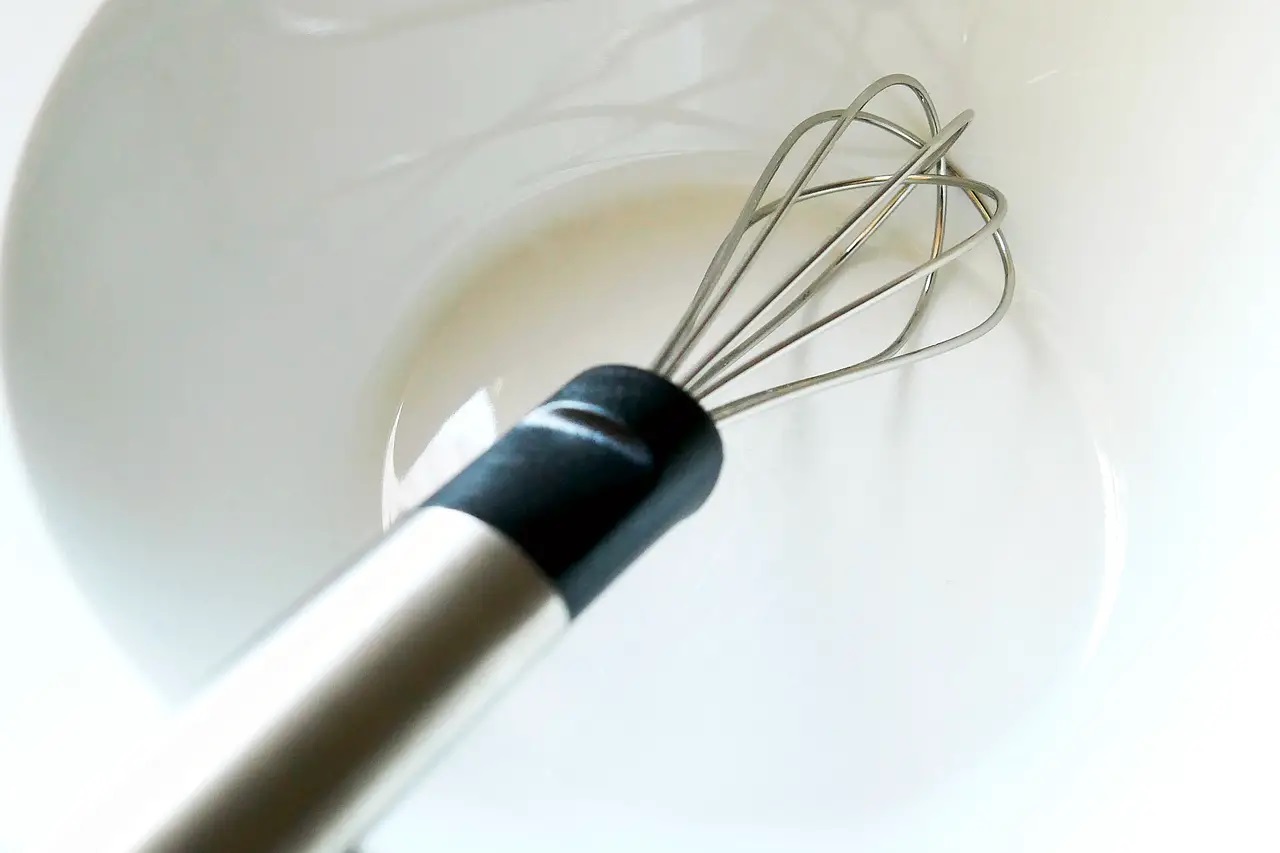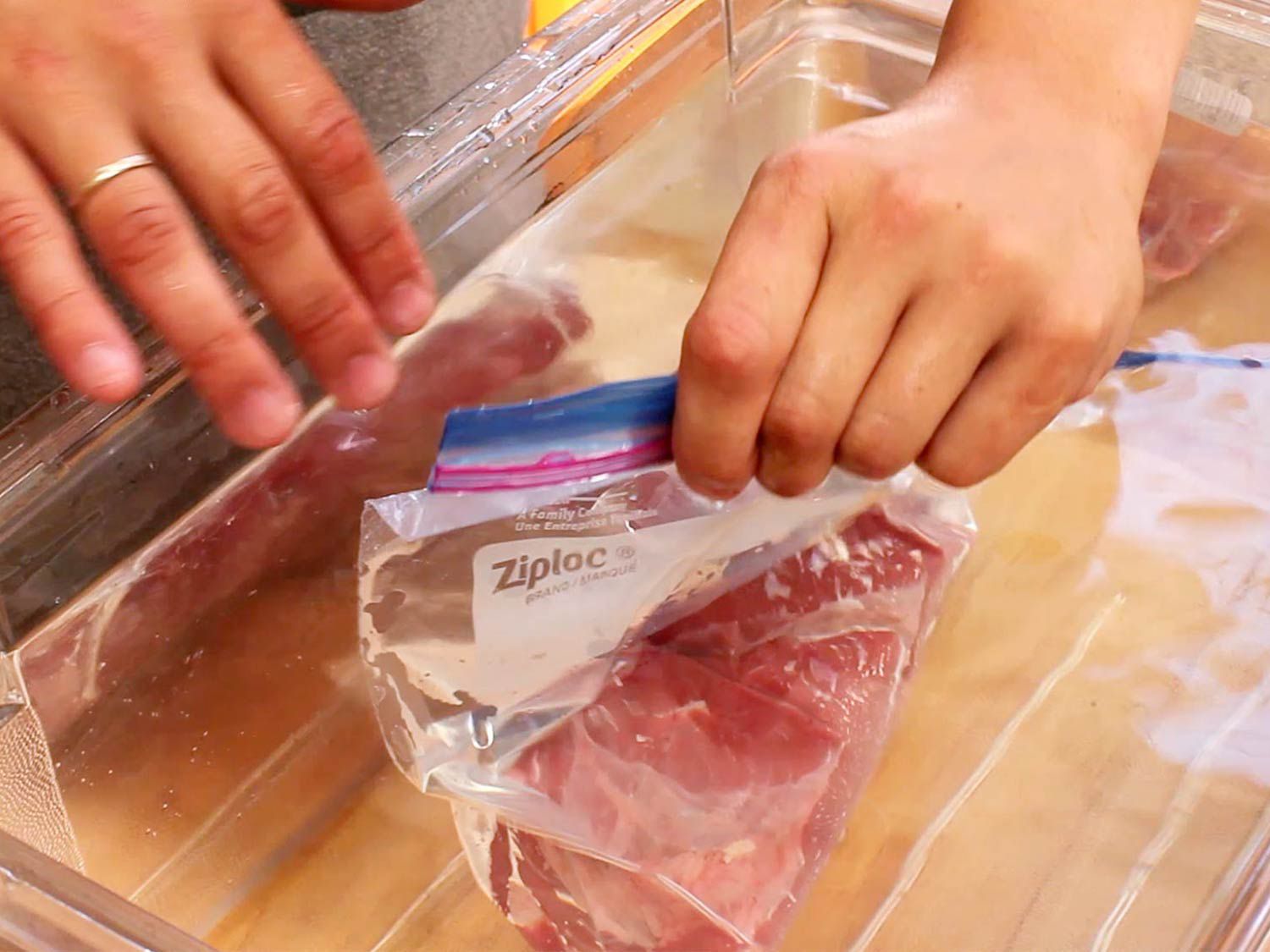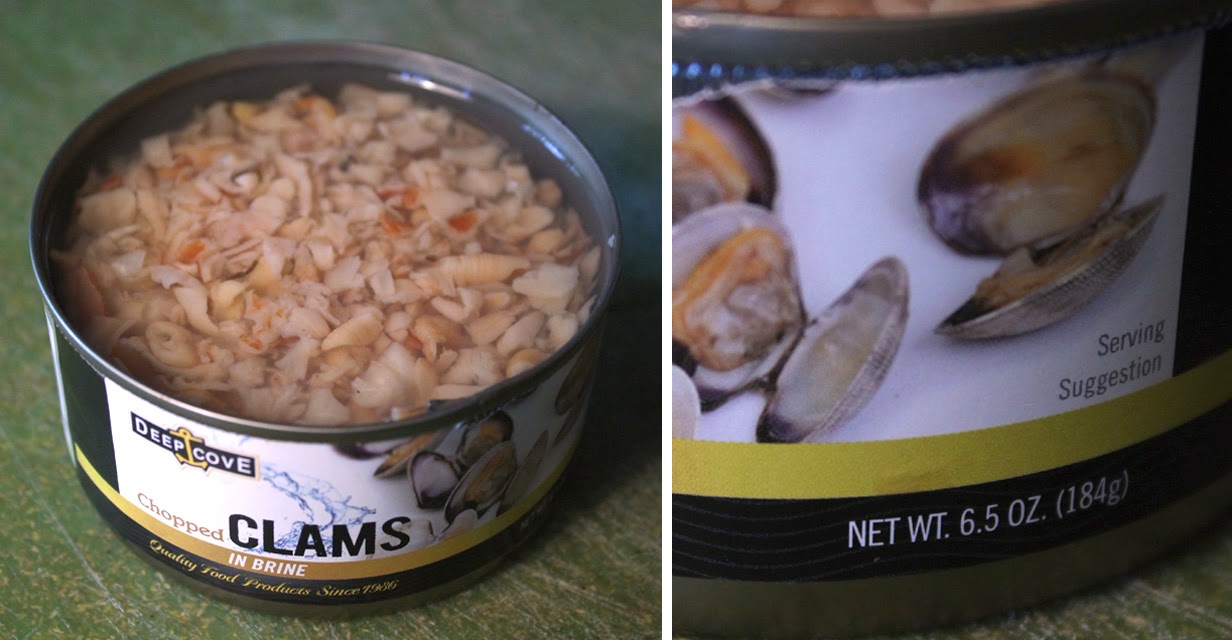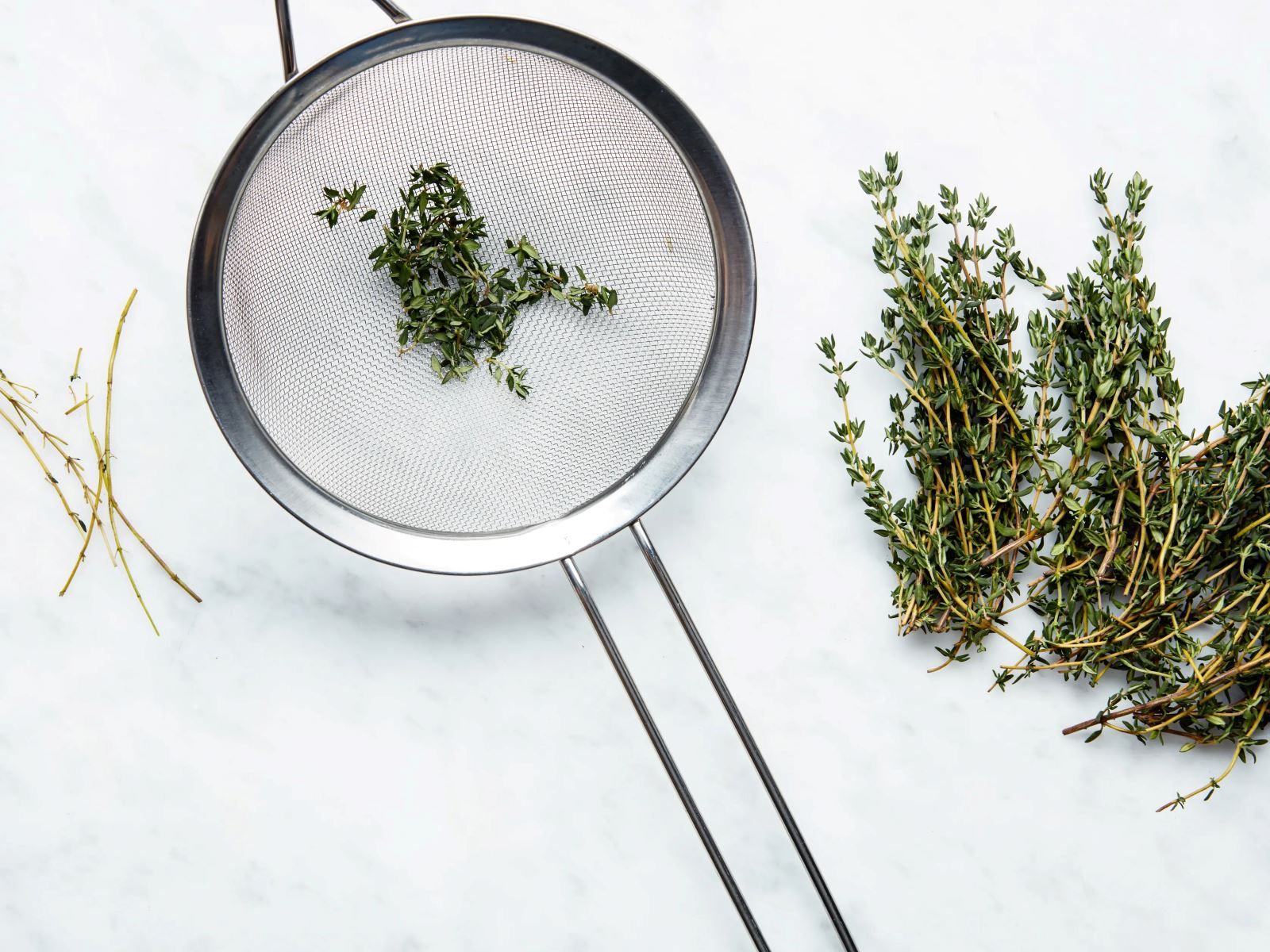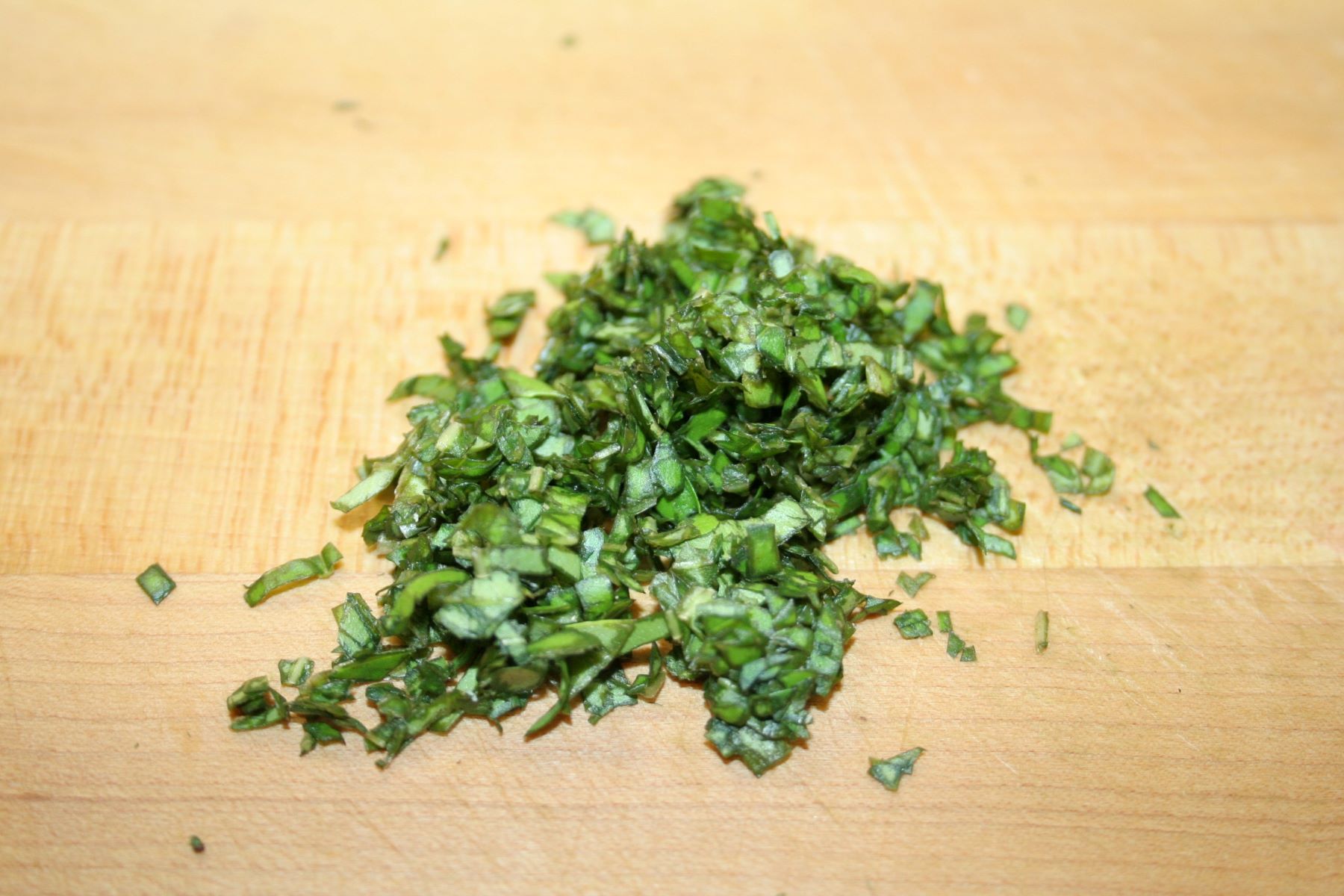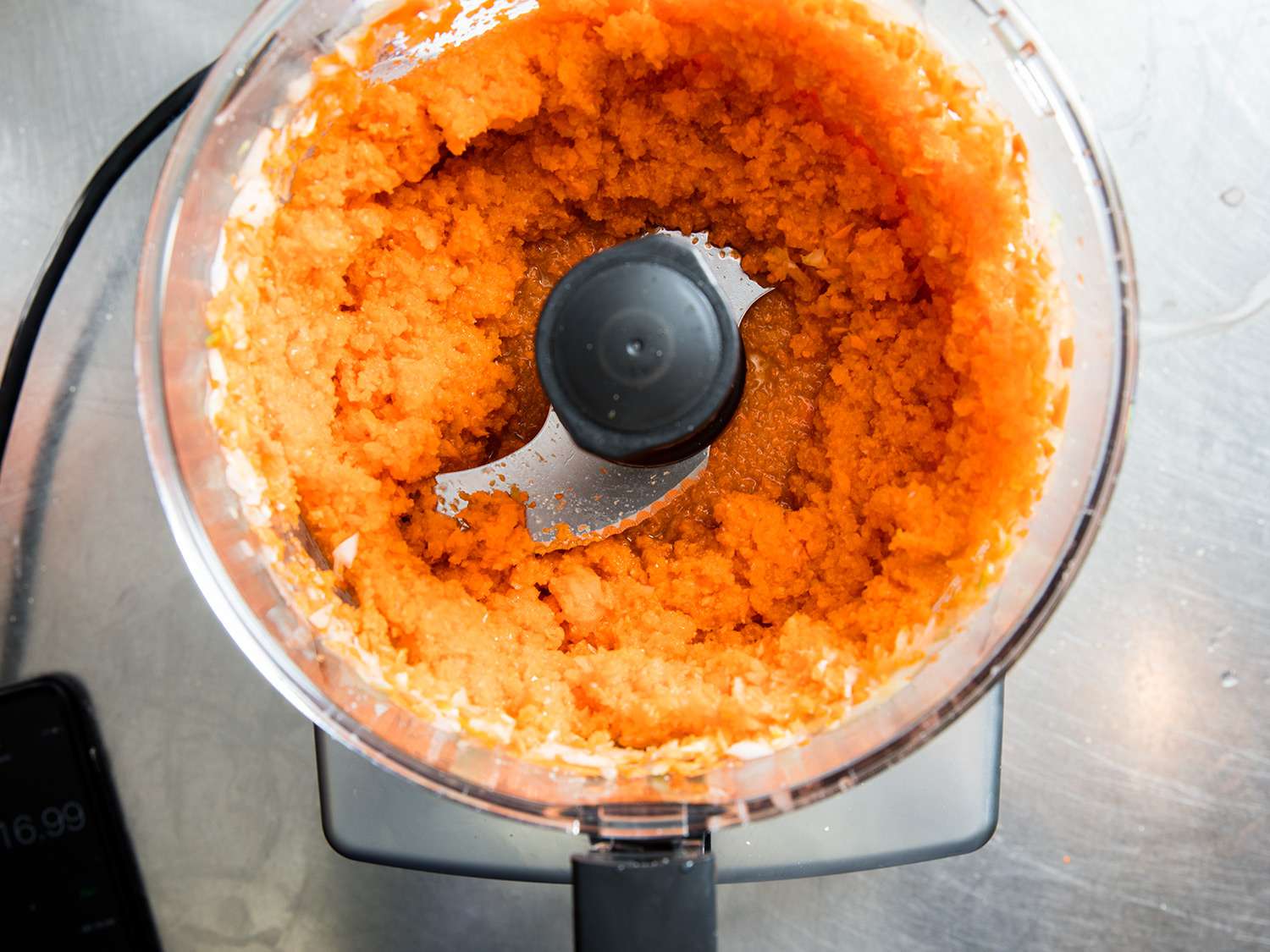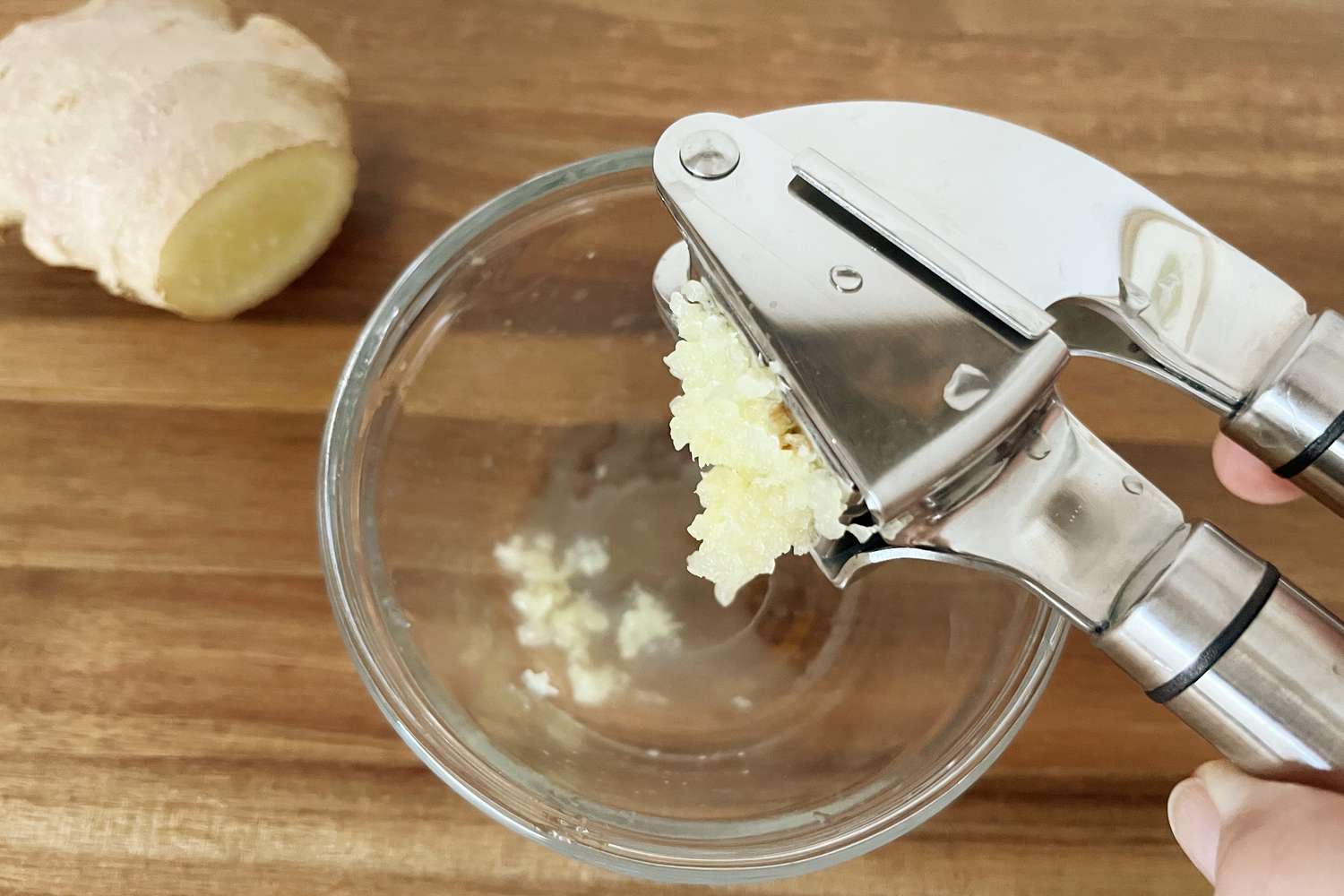Whisking Butter and Flour to Perfection
Whisking butter and flour together may seem like a simple task, but achieving a smooth, lump-free mixture can sometimes be a challenge. Whether you’re making a roux, a sauce, or a batter, mastering the art of whisking these two ingredients is essential for creating delicious, lump-free dishes. Here are some tips to help you whisk butter and flour so that it’s not lumpy.
Use Softened Butter
Before you start whisking, make sure your butter is softened. Cold or hard butter can result in lumps in your mixture. Let the butter sit at room temperature for about 30 minutes before you begin. This will make it easier to incorporate with the flour and prevent lumps from forming.
Pre-Sift the Flour
Sifting the flour before whisking it with the butter can help break up any clumps and aerate the flour, resulting in a smoother mixture. Use a fine-mesh sieve to sift the flour directly onto the butter. This extra step can make a big difference in the texture of your final product.
Whisking Technique
When it comes to whisking butter and flour, the technique is key. Use a wire whisk and make sure to apply even pressure as you whisk. Use a circular motion and be sure to reach all the edges of the bowl to fully incorporate the butter and flour. Take your time and be patient, as rushing through this step can lead to lumps in your mixture.
Gradually Add Liquid
If you’re whisking butter and flour to make a sauce or a batter, it’s important to gradually add the liquid. Whether it’s milk, broth, or another liquid, adding it in small increments while whisking continuously can help prevent lumps from forming. This gradual incorporation allows the flour to absorb the liquid evenly, resulting in a smooth mixture.
Use a Flat Whisk
A flat whisk, also known as a roux whisk, can be especially helpful when whisking butter and flour together. The flat shape allows you to easily reach the edges of the pan or bowl, ensuring that all the ingredients are fully incorporated. This type of whisk can make the process smoother and more efficient.
Common Mistakes to Avoid
When whisking butter and flour, there are a few common mistakes to be aware of in order to achieve a lump-free mixture:
- Using too much heat: High heat can cause the butter to melt too quickly, resulting in a lumpy mixture. Use low to medium heat when whisking butter and flour together.
- Not stirring constantly: Continuous stirring is essential to prevent lumps from forming. Be sure to keep the mixture moving as you whisk.
- Adding liquid too quickly: Pouring the liquid too fast can cause the flour to clump together. Take your time and add the liquid gradually.
By being mindful of these potential pitfalls and following the tips outlined above, you can whisk butter and flour to perfection, achieving a smooth and lump-free mixture every time. Whether you’re making a savory sauce, a creamy roux, or a delectable batter, mastering this fundamental cooking skill will elevate your culinary creations.
So, the next time you find yourself whisking butter and flour together, remember these tips to ensure a flawless, lump-free result. Happy whisking!
For those looking to master the art of whisking butter and flour to achieve a smooth consistency, there are several recipes that can put this skill to good use. The Creamy Alfredo Sauce provides a rich base where a lump-free mixture is key to its velvety texture. Another great option is the Classic Bechamel Sauce, often used in dishes like Lasagna with Bechamel Sauce, ensuring a seamless blend is crucial here. For those craving comfort food, the Chicken Pot Pie and Homemade Mac and Cheese both rely on a smooth sauce for their creamy and satisfying results. Lastly, the Mushroom Gravy and Broccoli Cheddar Soup are perfect for those who want to practice their technique in crafting silky, lump-free sauces. These recipes are highly recommended for anyone wanting to refine their whisking skills while enjoying delicious, homemade meals.

